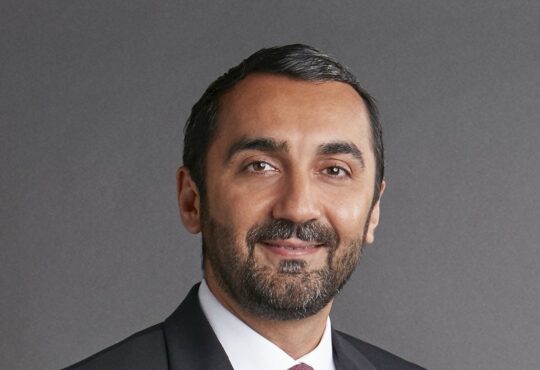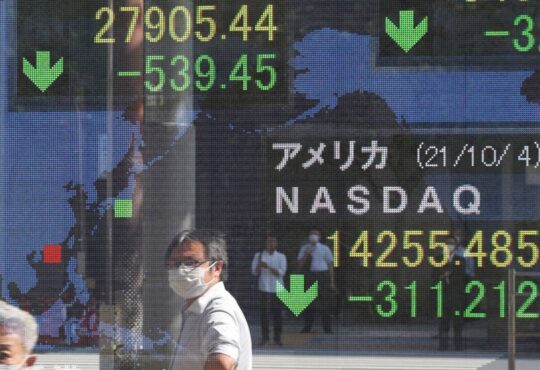

German asset manager DWS shares its insights into the market outlook for June.
“Over a 12-month horizon, we expect positive real returns for
many asset classes although recent business indicators are
sending a rather mixed message,” Björn Jesch, global chief
investment officer at DWS,
said last week.
“We believe in a rather mild economic development, which will
benefit corporate bonds and primarily European ones,” he added.
Their returns continue to be high. Default rates are, however,
expected to remain low as long as there are no major negative
surprises in the course of the economic cycle.
“Equities have clearly shown that they can serve as a good
vehicle to mitigate the impact of inflation for investors. We
have clearly seen how corporations with strong business models
were able to use their pricing power to keep profits high in
times of dwindling volume demand,” he continued.
Jesch said that equities additionally imply options on
innovations. Probably the most prominent recent example is
the progress made in artificial intelligence (AI) which has
triggered price fireworks in selected technology stocks.
Asian, European equities favoured over US
Over a period of 12 months, Asian and European stock markets
appear to be much more promising than the US market, the firm
continued. Europe is primarily supported by positive earnings
revisions, and Asia, particularly its emerging markets, by the
expected two-digit growth of corporate earnings in 2024, the firm
said. US stocks might be particularly burdened by the expected
higher yields of 10-year US bonds, which might exert pressure on
stock valuations, i.e. price/earnings ratios.
The asset manager said that the Japanese stock market has been
among the top performers in the current year – meanwhile, it has
almost returned to the high levels of 1989 and 1990.
“Unlike roughly 30 years ago, valuations are far from being as
exaggerated as they used to be back then. Generally speaking,
Japanese stocks allow investors to become part of the Asian
growth story,” equity fund manager Daniela Gobert said.
The firm believes that the opening of the Chinese and domestic
economies as well as the return of tourists should have a
positive impact. This means that in the medium
term Japan should be a quite interesting market for
investors, even if prices have already had a good run in the
short term. See
here for other articles about Japan.
In Europe, the asset manager favours European small- to
mid-caps. Their performance up to now has been below average,
their valuation is roughly 20 per cent below the average of the
past 15 years. These stocks thus incorporate quite a high
catch-up potential.
Emerging markets: Asian equities promising
The firm highlighted how Asian stock markets have been clear
laggards this year which has been quite successful for equities
so far. It believes that this will change. For 2024, it expects a
strong, clearly two-digit growth of corporate earnings. Over a
12-month horizon, Asian equities offer the highest total return
potential. The target for the MSCI Asia ex Japan by June 2024
is 680 points, the firm said.
Bonds back in multi-asset portfolios
“The positive market performance up to now should not mislead us
into euphoria,” Christoph Schmidt, head of the DWS Total Return
team, added. “The full impact of recent rate hikes has not yet
fully unfolded, the risk of an economic slowdown might be
underestimated. We reacted to this situation by changing the
allocation in our multi-asset portfolio,” he said.
“From the viewpoint of diversification, we no longer only bet on
corporate bonds, which have been in focus since the end of last
year. Since the start of this year, we have also added sovereign
bonds, since they should once again take over their classical
role of a safe haven,” he continued. Schmidt also relies on gold
and currencies such as the dollar. In spite of the looming
economic slowdown, he favours selected cyclical stocks too, such
as the beneficiaries of the energy transition, which moreover
followed their own structural trend and not immediately that of
the overall economic cycle.






